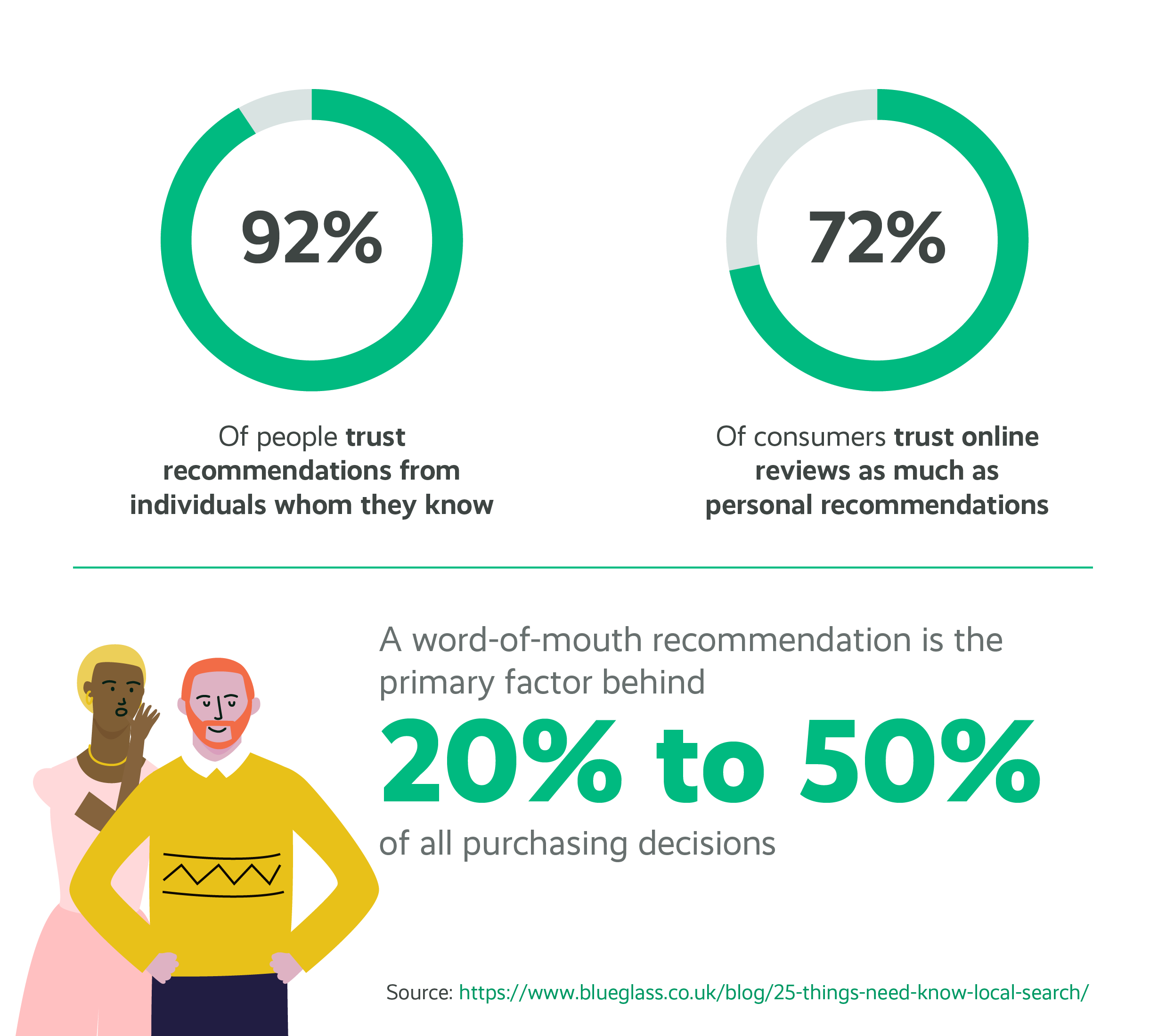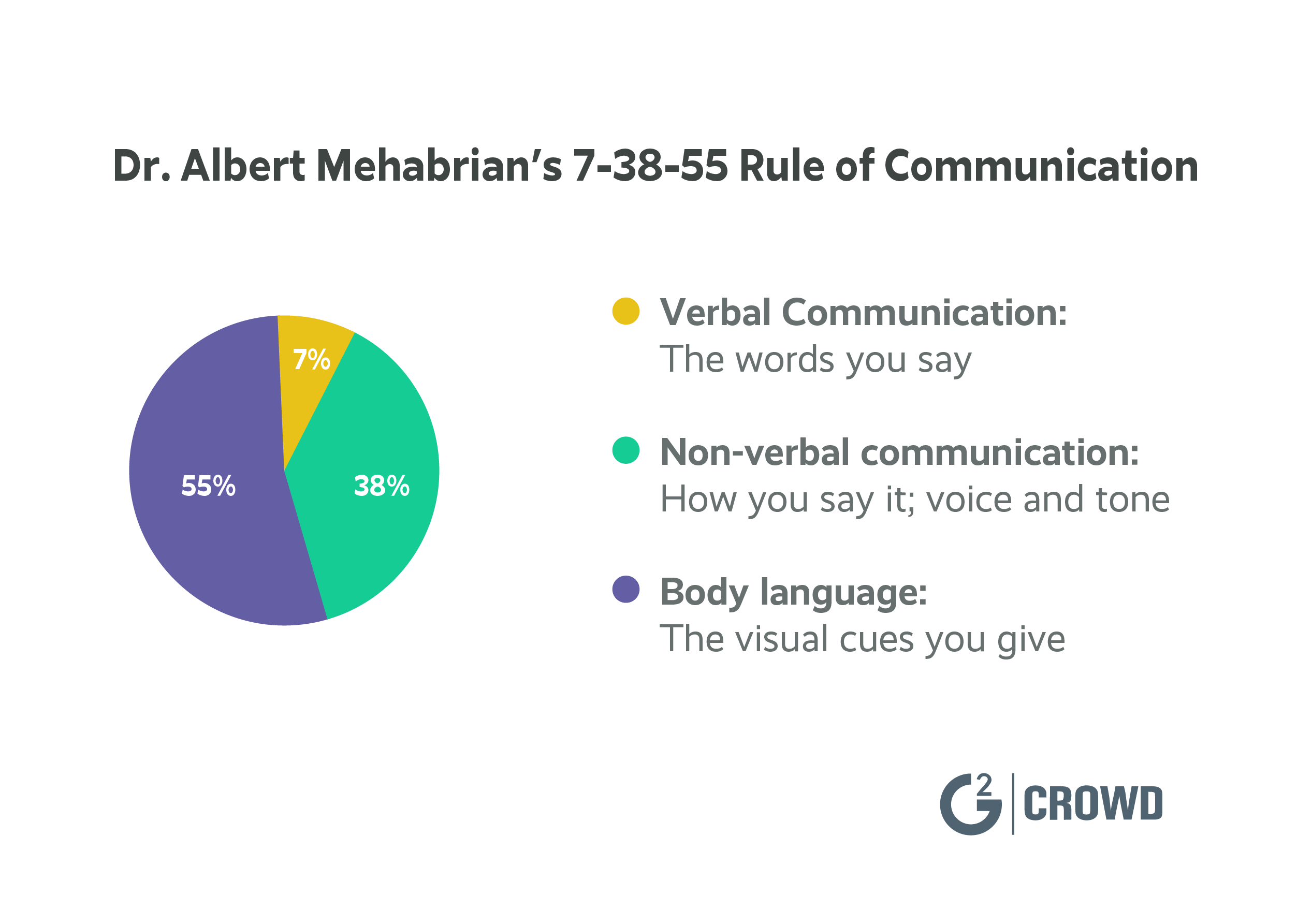7 Ways to Easily Boost Customer Service Empathy
It’s only natural for humans to want to feel understood and heard, especially with the chaos and anxiety permeating the atmosphere these days. In order to successfully validate a customer’s wants and needs, empathy is a must.
Agents with strong empathic abilities are overall better at creating long-term customer relationships. Of course, this is easier said than done for customer service agents. The problem with empathy is that it is a difficult skill to teach. Being that it is an emotional subject, it can be difficult to find the right learning activities, especially if you’re looking to not have your training be too forced or heavy-handed.
Before we get into the right learning activities, it is important to understand what empathy is and why it is so critical to your customer service operations.

What is Empathy?
According to Psychology Today, empathy is defined as, “The ability to recognize, understand, and share the thoughts and feelings of another person, animal, or fictional character.”
Empathy is crucial for establishing healthy relationships and fostering compassion. It involves experiencing another person’s point of view, as opposed to just one’s own. It is a prosocial, or helping behavior, skill that comes from within rather than being forced.
From a customer service perspective, empathy is the ability to have a human interaction with a customer. Ask anyone who has been in customer service for a while and empathy would definitely be a skill high on the list for what makes a successful contact center agent.
Agents have to talk to many different kinds of customers and work to solve their problems, all while making sure they are representing the company in the best possible way. Empathy needs to be interwoven within all of those things to create a healthy and long-lasting relationship with a customer.
Related Article: 31 Empathy Statements to Improve Your Customer Service Today.
Empathy Promotes Strong Customer Satisfaction and Loyalty
Agent empathy has a direct effect on customer satisfaction and customer loyalty. It is no secret customer satisfaction and loyalty directly translate to increased sales.
According to Robert Wollan, Senior Managing Director, Global Lead of Advanced Customer Strategy at Accenture Strategy, “Every consumer has a natural instinct around what makes them ‘stick’ to a brand. The traditional ‘low price’ and ‘reliable service’ mechanics are no longer as effective at driving loyalty. With 66 percent of U.S. consumers spending more with the brands they love, organizations that stick to traditional approaches and don’t explore the new drivers influencing loyalty risk draining profitability and pushing customers away.”
People do not feel empathy from a business but rather, they feel it from the individual people on the front line. One bad experience with an agent can cause them to abandon you for a competitor. Worse, one bad experience can cause a lost customer to write a bad review or utilize word of mouth to detract business.
According to Modern Comment, around 90% of people rely on online reviews to help them make purchasing decisions. So just one bad review can negatively impact your bottom line.

But, we all know that a negative customer review does not always have to do with your quality of customer service, and oftentimes, they are beyond your control. What you do have control over, however, is how your customer service team responds to negative reviews.
Resolving a complaint can be just as effective as preventing one in the first place. Responding to negative feedback in an empathetic manner can actually boost loyalty and overall brand image.
The bottom line here is that empathy will not only enhance customer experiences but it can rescue the bad ones.
Here are 7 easy ways to help your customer service team hone in on their empathy skills.
1. Practice Active Listening
One of the most important skills for focusing on empathy is active listening. Actively listening comes down to building rapport and trust by showing you are paying attention. This ultimately helps the person feel heard in their thoughts and feelings. According to allBusiness, more than 60% of all problems existing between people and within businesses is a result of faulty communication.
Split your employees into pairs and have them play a customer service scenario — one being the customer with a complaint or request and the other being the agent.
In this exercise, your agents can practice some of the steps of active listening, including:
- Restating and summarizing — repeating what you think they said in your own words
- Using encouragement prompts and giving feedback
- Asking for more information
- Validating their point of view

2. Defend Ridiculous Requests Exercise
The most vital component of showing empathy is understanding someone else’s point of view. It is common for an agent to feel that a customer’s request sounds ridiculous but regardless, it is important to handle the situation in a professional and caring manner.
The request may not be able to be fulfilled, but you still want the customer to walk away feeling satisfied from the interaction. Role-playing is a great way to help practice understanding the customer’s perspective.
Pair up your agents and ask them to either recall a grandiose customer request or to make one up. Have the agents work to try and justify this request. Their job is to imagine a scenario where the request makes complete sense and talk through different ways it could be solved.
3. Experiment With Empathetic Language
Words matter. Keywords and phrases can act as triggers to show we are listening and we want to help. Practice makes perfect with the way we speak and express ourselves.
Have your customer service team practice using some of the following language with one another:
Empathetic Questions: This goes back to active listening. Leading and reflective questions can help support active listening. They show an interest in knowing more.
- Leading questions: These types of questions are helpful in finding out more about a subject. Example: What happened?
- Reflective Questions: These types of questions help you to reflect what you believe you heard while probing for further information. Example: It sounds like you were able to put the product together and turn it on, but that you heard a strange noise while it was on?
Words of Urgency: Words of urgency help to convey that a customer question or complaint is important. They show a willingness to help resolve their problem or answer their question quickly and efficiently. Examples:
- “I appreciate you bringing this to our attention. We will deal with it immediately.”
- “I can see where the problem is…”
- “What I’m currently doing to help is…”
Committed Closes: Ending the conversation with a commitment can help to leave a final impression that you heard the customer and that their experience and feelings are valid. Examples:
- “I’ll contact you as soon as we have an update.”
- “I will be in touch shortly.”
- “Please let me know if you have any further questions.”
- “Feel free to reach out if you need anything else.”
Looking for a fun way to make this exercise stick even further? Try empathy bingo! Playing bingo with empathetic statements can help increase the awareness of the language we use. Give each person a card and have them play bingo with the above statements on it. If you work in a remote contact center environment, you can use a digital bingo card.
Each time they hear or use one of the statements, they can cross it off. The first person to get a straight line wins. Reward the winners with Karma Points to cash in for prizes or swag. Get started with these 31 empathetic statements!

4. Combat Jargon Usage With Process Documentation and Fun Challenges
Jargon is easier to use than we often realize. It can be such a large part of a company culture that we forget the customer more than likely doesn’t understand certain terms or language. If an agent repeatedly uses jargon that goes over the customer’s head, it can confuse or irritate them.
Sticking to simple, understandable terms leads to stronger communication. Improving process documentation can help combat the unnecessary use of jargon. It will also be easier for your agents to remember more when they avoid jargon and stick with straight-forward and friendly language.
If your agents can accurately recall more information from memory, they will ask less questions and create more seamless customer experiences. Taylor Burke, Quality & Education, Pet Parent Experience for Healthy Paws, says that, “Process documentation reduces the amount of questions that either come to leadership or if you have a help or support desk, because agents are then able to self serve and find the answers to their questions quickly and at their own pace.”

Help to implement your process documentation by introducing challenges for agents so they don’t use jargon as frequently.
5. Stuck in Quicksand Exercise
In order to effectively empathize in customer service, you need to consider another person’s situation from their own perspective. We all view and react to things in different ways. The Stuck in Quicksand Exercise helps your team to identify the key difference between responses rooted in empathy, sympathy, and apathy.
Here is how to do it: Ask your team to imagine they’ve come across a person stuck in quicksand. Then describe what apathy, sympathy, and empathy are in this situation.
- Apathy: Standing back, not caring, and leaving the person stuck in the quicksand.
- Sympathy: Acknowledging the other person’s situation, but not considering it from their point of view, or considering how to help them. A sympathetic response to quicksand is telling the person that you’ll help them, then leaping into the quicksand and getting yourself stuck instead.
- Empathy: Being able to relate to the person’s situation and thinking about what could be helpful for them in their position. For the person in quicksand, this means thinking about how to carefully pull them out while keeping yourself safe.
Next, ask your team to discuss a scenario where empathy for a customer was required.
- Ask them what the empathetic, sympathetic, and apathetic responses to that scenario might be.
- Have them consider the impacts of each response.
This is a great group activity because agents can bounce ideas off each other. This can be done both in-person and through digital chat communications, such as Slack.
6. Put Yourself in the Customer’s Shoes
A product or service does not always turn out as intended, unfortunately. Maybe the wrong color was selected or the product wasn’t what they thought it would be or maybe the service was not up to par. Most of the time, customers understand this is not the agent’s fault but that doesn’t mean they enjoy taking time out of their schedules to go through the customer service process.
This activity allows your customer service team to put themselves in the customer’s shoes trying to return a product or service. Have your agents imagine the whole process from the very beginning. This means, from the time the problem is first discovered until it is resolved, considering every single step involved and how long each one takes.
Example: Did the customer have to hold and for how long? Did they have to make a trip to a physical location?
Having your team understand what that lost time means to the customer will help them understand the value and understand the customer better.
7. Create Opportunities for Agents to Share About Themselves
Arguably the best way to help with empathy is through sharing personal stories and listening to your agents. This helps us feel more seen and understood with our peers. In return, it will help others learn to listen and understand better. Fostering empathy between agents drives increased empathy for the customer.
- Host a group session where you discuss some typical customer complaints. Turn the question over to your team and ask if any of them can share a similar situation they’ve gone through. Details are important with empathy so make sure they include all of the specifics that made it difficult or frustrating.
- Start your regular meetings with a request that everyone share one good and one bad experience from their past week, both professionally and personally. This will help create stronger relationships between your agents.


Conclusion
Fostering a deeper relationship with empathy is likely to bring important changes to your business culture and customer service operations. It allows you to better understand your customers’ state of mind and helps you to address the pain points of a customer in a more congenial way. For businesses, it is crucial to build lasting relationships. Without incorporating empathy, it is nearly impossible to connect with your customers.
Employing empathy in your customer service conversations will lead to happier and more loyal customers. Customers shop from brands they feel an emotional connection to. Therefore, if you want to create repeat customers, prioritizing empathy is an important part of the customer experience.
What are some ways you boost empathy in your customer service operations? Tell us in the comments!







